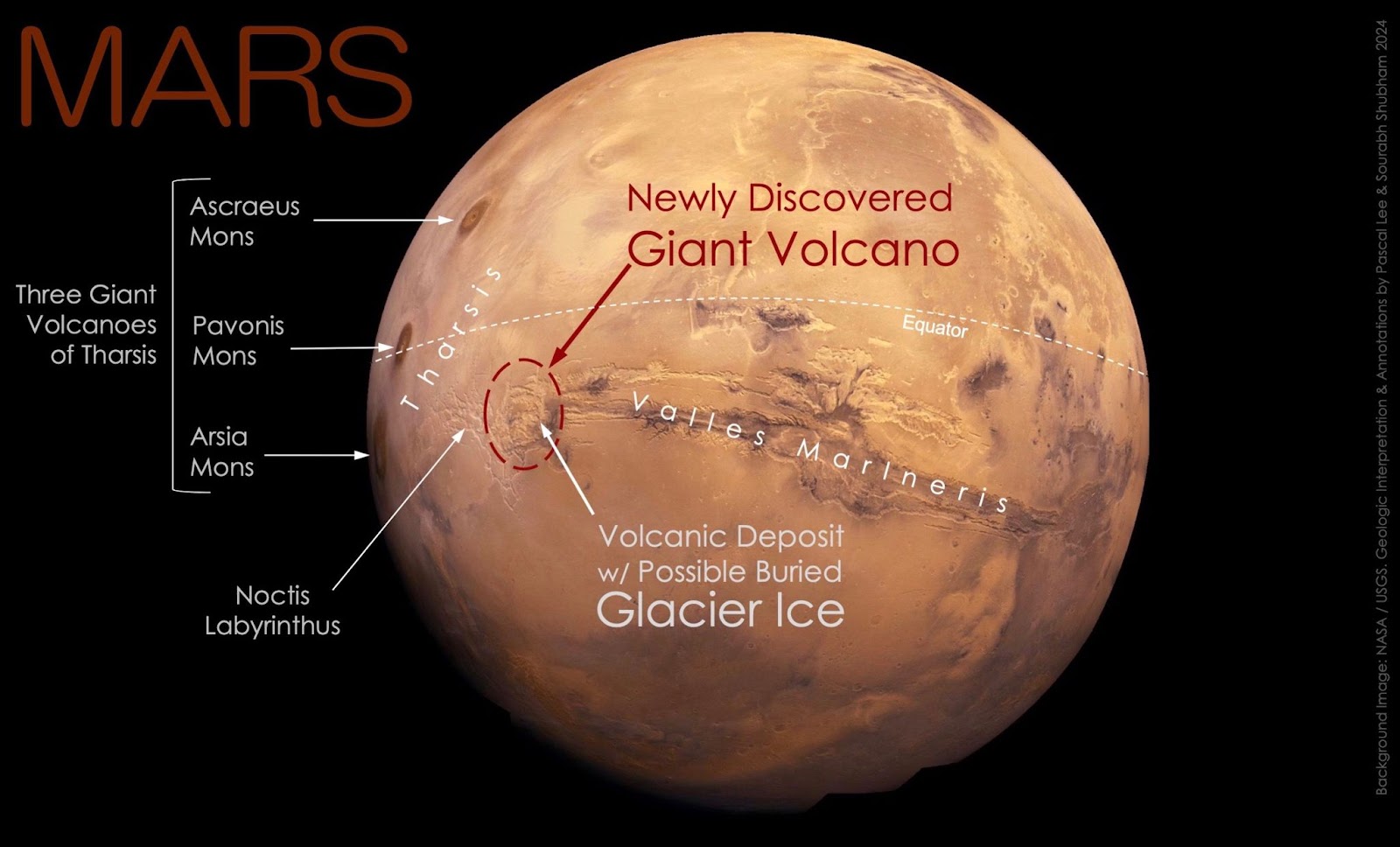This is T-Minus, where we count down the biggest developments in space, from new rocket launches to discoveries that advance our understanding of the universe and our place in it. Humanity is reaching new heights in space exploration. Make sure you’re part of the journey by subscribing here.

Volunteers discover 15 “active” asteroids
Asteroids are bits of rocky debris leftover after the formation of our solar system some 4.6 billion years ago, which means studying them can teach us about what the solar system was like in the beginning.
“Active” asteroids are of particular interest to scientists. These space rocks orbit the sun, like regular asteroids, but they also eject dusk, which makes them look similar to comets — and scientists believe they may have played a key role in the origin of water on Earth.
Since discovering the first active asteroid in 1949, astronomers had found fewer than 50 total, but on March 15, the number of known active asteroids jumped by 15, thanks to a citizen scientist project involving more than 8,000 volunteers combing through telescope images for these intriguing celestial objects.


A massive Martian volcano is discovered
Planetary scientists from the SETI Institute announced the discovery of a 280-mile-wide volcano on the surface of Mars during the 55th Lunar and Planetary Science Conference on March 13.
The volcano is deeply eroded, which is why no one had noticed it before despite it being imaged many times by orbiting spacecraft. In 2023, though, SETI researchers discovered what appear to be the remains of a glacier in the area, which prompted them to take a closer look at its geology.
That’s when they realized they were looking right at a volcano.
“This combined giant volcano and possible glacier ice discovery is significant, as it points to an exciting new location to study Mars’ geologic evolution through time, search for life, and explore with robots and humans in the future,” wrote the SETI Institute.


Starship reaches new heights
The biggest news in space was undoubtedly the third test flight of SpaceX’s massive Starship rocket, which lifted off on the morning of March 14.
Less than 10 minutes into the test, the rocket was cruising through space — something that neither of its predecessors had managed to achieve — which gave SpaceX a chance to test several systems on the rocket, including its payload door, for the first time.
SpaceX lost contact with Starship about 50 minutes into the flight, while it was reentering the atmosphere, so it wasn’t able to attempt to bring the rocket down for a soft landing. Still, the test was a major success, bringing the company one step closer to helping NASA return people to the moon.
“Congrats to SpaceX on a successful test flight!” tweeted NASA Administrator Bill Nelson. “Starship has soared into the heavens. Together, we are making great strides through Artemis to return humanity to the Moon — then look onward to Mars.”

We’d love to hear from you! If you have a comment about this article or if you have a tip for a future Freethink story, please email us at [email protected].





